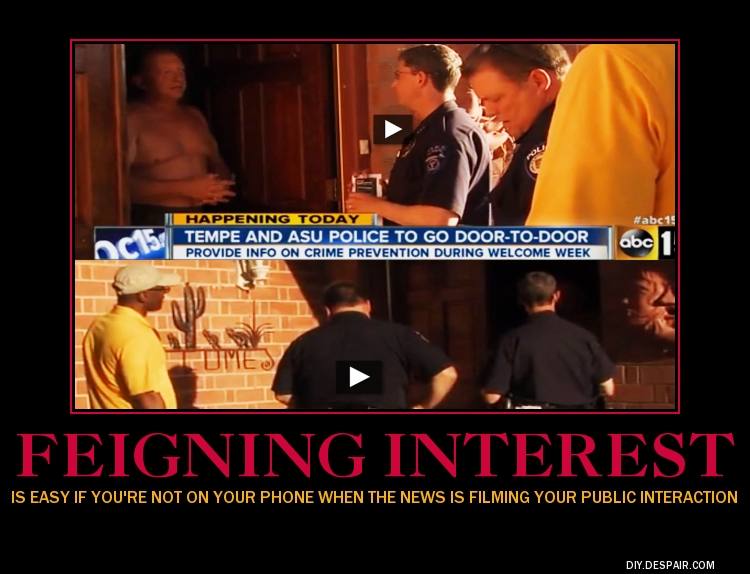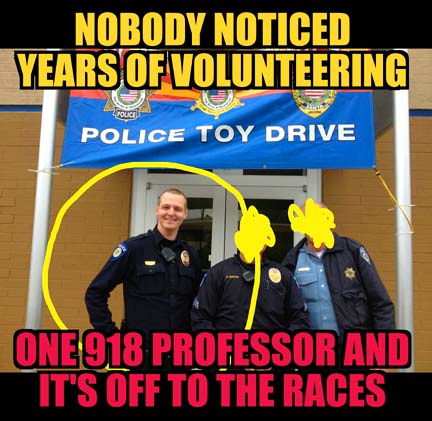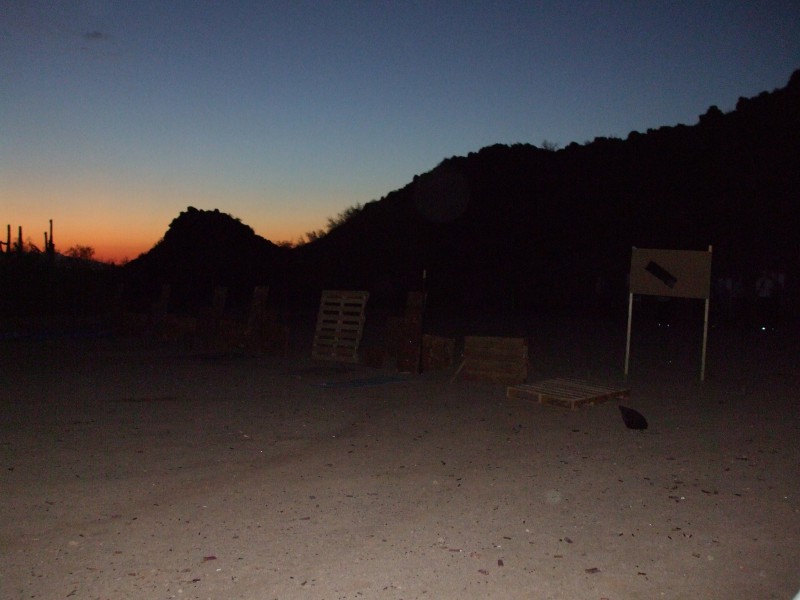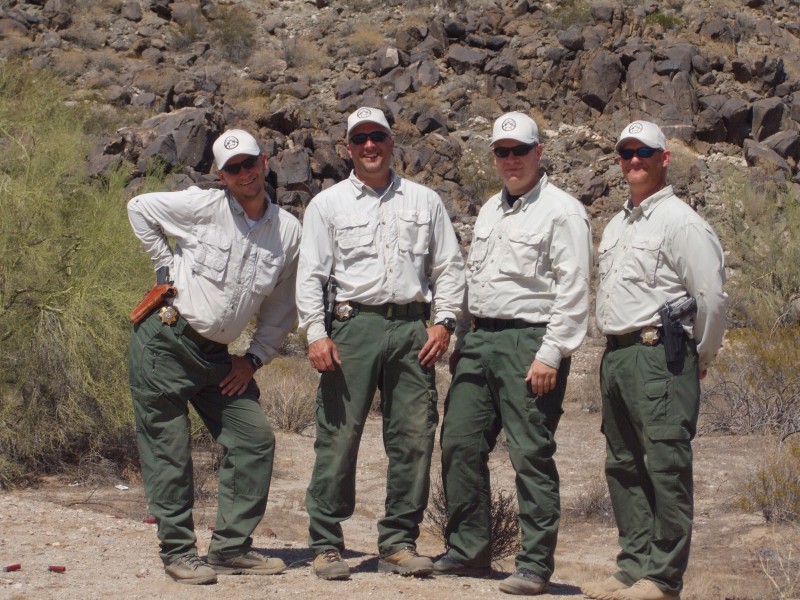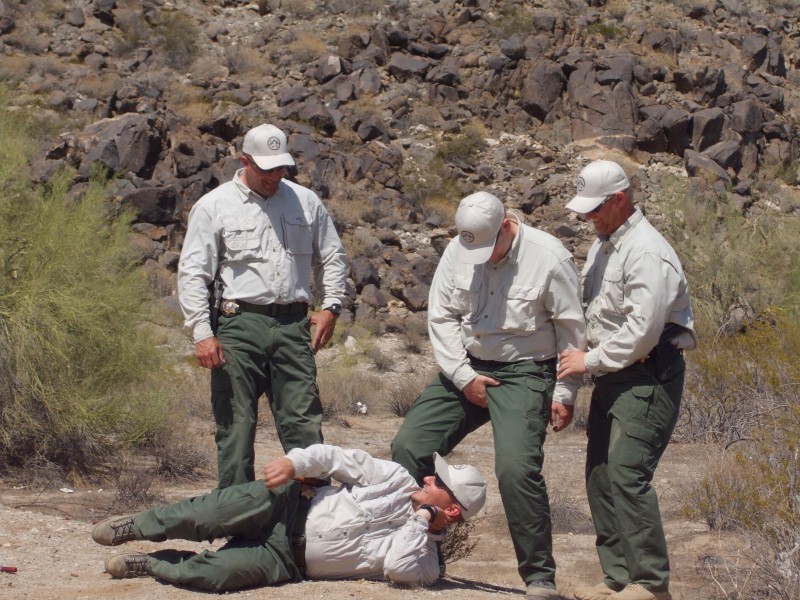We broke down the meeting minutes piece by piece to share our thoughts on the topic. We could have discussed this document in even greater depth, but we decided to make it (somewhat) concise.
1. The Chief instructed his advisory board he wanted to keep the discussion “positive”. How do you have a constructive discussion about the departments’ problems in a “positive” way? Where do you go if the information isn’t positive? The Integrity Report on the ASU Police Department blog? The advisory board was assembled to fix the negativity Chief’s inactions and inattention have fostered, so the underlying purpose of the board will inherently be negative, even if the discussion itself is “positive”.
2. Make new employees feel welcome? Absolutely, always do. The people discussed in the blog, (the people Chief has protected for years), those are the people making new and old employees feel unwelcome and alienated. They have brought this organization to crisis mode, and that will continue to happen despite the number of fresh bodies you bring through the door for them to devour.
3. The community gives positive feedback on what we do here…that’s great. There is no correlation between a positive rating by the community and how happy/ appreciated your employees are. It simply means we won’t compromise what we do for others, compromise our ethics and integrity simply because we get treated like garbage from our department.
4. In regards to your community feedback: we love our community, but they don’t know squat about policing and quite frankly, they would be appalled if they knew how ASUPD treated its employees. Of course any feedback the community would give wouldn’t address major issues like staffing and retention, namely because the public has no idea this is transpiring! If the community could see Chief’s track records from his former agencies, they wouldn’t view the department in the same positive light.
5. Chief has placed a lot of urgency in this meeting on greeting new employees, making the testing process more expedient, referrals, posting vacancies… everything but addressing the people who put him in the current staffing situation. Your commanders and some of your sergeants created this exodus of new employees’ year after year right under your indifferent, inattentive nose. The only reason why Chief is “concerned” now is because it has become so obvious he can’t hide it from his superiors any longer.
6. For the Police Officer Recruiter position, it has yet to be filled. You are asking for higher criteria in this position than most of the ones at the police department, but with a fraction of the pay. Nobody wants to be honest with the Chief unless it’s anonymous. Even still, Chief denies these issues exist because acknowledging them requires a measure of accountability
7. How is ASUPD in the 90% salary range of surrounding agencies in the East Valley? Did you add over inflated command staff salaries to the average? The $160,000 the Chief makes, and the $70k the Sergeants make would skew the averages of salaries assessed for this statement. Let’s see the math on this.
8. Incentives are for FTO are good, but this isn’t the real reason you don’t have trainers. The past FTOs have seen what the predatory supervisors have done with the people they were training, and have refused to participate in the destruction of another rookie’s career. Until you can get a solid FTO program established, and an FTO Supervisor that won’t take their own interpretation on it, the FTO program cannot function.
9. A security fee to supplement our budget? Given the current ASU enrollment of approximately 76,000 students, that would total approximately 3.8 million dollars!! This is insane! The department’s total expenditures and his budget is information limited to the Chief and a few members of command staff. Does anyone but the chief know what’s in the budget or where the money is going? Does anyone know how much money is in the ASUPD budget so we can compare it to other university departments who publish what their budget is? Why the secrecy? This is a public university funded with public tax dollars!
10. The suggestion made by Cpl. Khalid on doing ride-alongs with an FTO is ridiculous. Focus your attention and efforts on retaining your CURRENT employees. Besides, having a prospective employee witness first-hand how ASUPD treats its employees will drive them away. However, the suggestion to look at how other departments are doing things is a good valid suggestion that will be ignored like the rest of the good ideas suggested by the advisory board.
11. On the “gossiping” issue: people talk in private because they see what happens to people when they talk openly about issues. If things are jacked up and employee complaints have been continually ignored then people are going to talk about it. If you are not happy with people talking about it then do something to fix the problem they are talking about! Unfortunately, a clique does run the department in the form of most of the commanders and a number of senior sergeants.
12. On the “Internal Affair Investigation Retention Program”: Your one and a half year of data leaves out the years of pattern IA’s that prove the point everyone already knows. How about an audit from the time the chief started until now? Look at the IA post cited here on the blog. Quite a different picture than the one being painted at the advisory board.
13. If a person was subject to so many IA’s why would the chief want to keep them in the PD? Because the chief has always needed people on the ground to continue doing the job making him look good . If you put enough internal generated IA’s in officer’s files you can keep good people from leaving. Other agencies hear the word “IA” and think about serious allegations of wrong doing; ASUPD’s “IAs” amount to silly nonsense that almost every other PD wouldn’t have the time or energy to investigate.
14. If the chief is complaining about not hearing about what’s going on, about the communication lines not reaching him, about people not speaking, up he only has to look here on the blog and read. It won’t get any more open and honest than here. Sure there are some snarky comments on occasion, but the everything asserted here is valid information this. The next chief can use this information to make this place a real good place to work!
15. Since you’ve been made aware of these problems, address them chief! It’s been two months and counting and the only thing done you’ve accomplished is speeding up requisitions for equipment and attempting to get more bodies in the door? You still haven’t address the REASON why people are leaving!
16. You have plenty of employees making six figures who should be offering you suggestions to fix the department, but instead you only get one with a plan: a civilian police aide making $30,000 a year. He has taken the time, done the research, planning, and implementing solutions the rest of your overpaid command staff can’t be bothered to do, or doesn’t have the mental capacity to do.
17. Party Patrol and Tempe Bike positions are highly political, and ASUPD’s solution is to loan them a few officers while secretly relying on Tempe PD’s officers to solve ASUPD’s staffing shortage. Tempe PD should NOT be a crutch to solve ASUPD’s problems!! When shit hits the fan, we all know Tempe PD, Phoenix PD (Downtown), and Mesa/Gilbert PD (Poly) will be the ones saving ASUPD’s ass.
18. The only additional training ASUPD’s officers is by MS Powerpoint and Blackboard. We need the outside police training because we can’t do it ourselves, it obviously isn’t working. We need active shooter training too! WE GET NONE!!
19. There is no uniformity in employee evaluations. Sergeants send up evaluations and frequently get them marked down to lower numbers by people who have never worked with the employee. The criteria for higher ratings changes from one supervisor to the next. How about having employees do evaluations of their supervisors to stay ahead of issues before they get out of control and affect more employees?
20. Promotions are not taken seriously when everyone at the department sees you pass over more qualified candidates’ process after process. The notes from the advisory board clearly state this problem: “a six year ASU officer will be promoted over a 30 year officer from another agency”. There is no incentive to stay.
21. Morale doesn’t exist. The ASUPD Indeed.com reviews, this blog, the chief’s advisory board all make this alarmingly clear, but ASUPD command ignores it all calling it, “…a few disgruntled people.”
22. You want honest assessments? Ask past employees, pay them to do an assessment so you can see the shocking reality of how awful ASUPD treats their employees. Otherwise, stand at attention and wait for the blog to report.
23. The report has just too few pages to get the ball moving down field. The thing is, it doesn’t matter how many pages are filled with solid answers to problems when the chief hears them and STILL does nothing. If the chief and his command are unable to put things in motion while the department falls apart it is time to find fresh new employees that can. The troops will be sure to give them warm welcomes and make them feel at home because they would provide hope that ASUPD could be a better place to work at.

